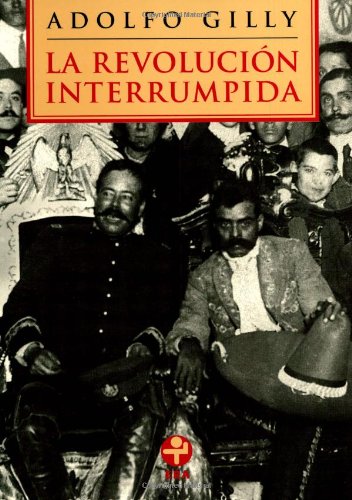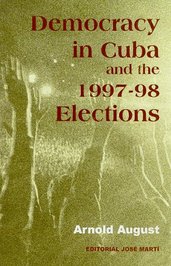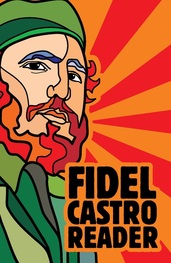Following the occupation of the capital by the revolutionary forces, conflict among the various sectors that supported Carranza emerged. The Carranza government had adopted important social reform measures, including the cancellation of peasant debts, a minimum wage, and an eight-hour workday. But the measures did not include agrarian reform and land redistribution, thereby provoking the opposition of Zapata and Villa. A convention of petit bourgeois and bourgeois military leaders of various political tendencies was held in October 1914. As a result of the force of the peasant revolution in 1914, the convention embraced peasant goals and established a government headed by Eulalio Gutiérrez (see “Peasant armies occupy Mexico City, 1914” 2/5/2014). Thus there were two governments claiming to represent the triumphant revolution: a Constitutionalist government headed by Carranza and supported the Obregon’s Northwest Army, which was led principally by petit bourgeois officers; and a Conventionist government headed by Gutiérrez and supported by the peasant armies of Villa and Zapata (Gilly 2005:127-28, 140-42).
Recognizing the inferiority of its forces, the Constitutionalist Army of Carranza and Obregón abandoned Mexico City, thus allowing the occupation of the city by the armies of Villa and Zapata in late November and early December 1914. But seeking to protect their respective regions, the peasant armies did not pursue the retreating Constitutionalist army, giving the latter time to regroup. As a result, the Constitutionalist Army, under the command of Obregón, was able to retake the capital in January 1915 (Gilly 2005:146-47, 162-64, 183-85).
Seeking to undermine support for Villa and Zapata, the Carranza government sought to forge from above a peasant-worker alliance. The agrarian reform law of January 6, 1915 declared null and void the appropriation of land during the liberal and Porfirian eras that began in 1876, and it decreed the distribution of land to small private owners. In practice, the land was appropriated from the old Porfiirist oligarchy and distributed to a new bourgeoisie being formed by Constitutionalist petit bourgeois generals seeking upward mobility, with the result that land distribution remained equally concentrated. However, the proclamation of the distribution of land to small private owners, although not carried out in practice, was effective in attracting the support of a sector of the peasantry, and it therefore undermined support for Villa (Gilly 2005:186-87).
The agrarian reform law also had the effect of confining the influence of Zapata to the state of Morelos, where land distribution to peasants was carried out in practice. However, this regional implementation of peasant goals was soon brought to an end. With the threat of Villa in the North reduced, military operations by the Constitutionalist Army against the Zapatists in Morelos were undertaken in 1916 and were culminated successfully in 1919 (Gilly 2005:186, 251-53, 261-67, 284-88).
The forging of a peasant-worker alliance from above also included the adoption of social measures designed to attain support among workers, artisans, and the urban poor. Following the occupation of the Mexico City in January 1915, Obregón took various measures to attend to the material needs of the city’s poor, establishing relief stations for the distribution of necessities in short supply and imposing taxes on the wealthy and the Church in order to finance the program. In February, when the Mexican Telephone and Telegraph Company refused to accept demands of striking workers, the government placed the company under the management of the workers. At the same time, an agreement was made with workers’ unions, in which the government agreed to improve workers’ conditions, and the unions agreed to form “Red Battalions” to be enlisted in the war against Villa, who now was portrayed as a reactionary. The Red Battalions played an important role in the successful military campaign against Villa’s peasant army in the North in 1915. But beginning in December 1915, when Villa’s forces were reduced to a regional guerrilla threat, the Red Battalions were disbanded, and union leaders were arrested (Gilly 2005:174-75, 188-92, 216-22).
Thus the peasant-worker alliance from above was based on the appearance of concessions to peasants and workers rather than actual implementation of policies designed to address popular needs, accompanied by repression directed against uncooperative union leaders. And it was based on efforts to isolate and bring to an end the more radical expressions of the peasant revolution, represented by Zapata and Villa. There were leaders among the workers who opposed this alliance with the ascending petit bourgeoisie, but they were unable to formulate an alternative strategy of a worker-peasant alliance forged from below. Neither, as we have seen, was the peasant leadership able to formulate a national plan that included the needs of urban workers as the basis for a peasant-worker alliance forged from below (“Peasant armies occupy Mexico City, 1914” 2/5/2014).
References
Gilly, Adolfo. 2005. The Mexican Revolution. New York: The New Press. (Originally published as La Revolución Interrumpida by El Caballito, Mexico, in 1971).
Key words: Third World, revolution, colonialism, neocolonialism, imperialism, democracy, national liberation, sovereignty, self-determination, socialism, Marxism, Leninism, Cuba, Latin America, world-system, world-economy, development, underdevelopment, colonial, neocolonial, blog Third World perspective, Mexican Revolution, Pancho Villa, Zapata, Carranza, Red Battalions

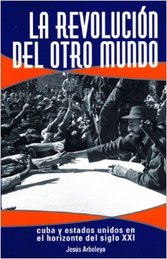
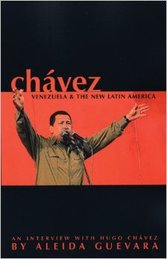
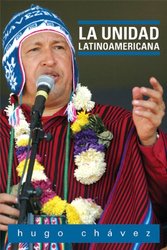


 RSS Feed
RSS Feed
